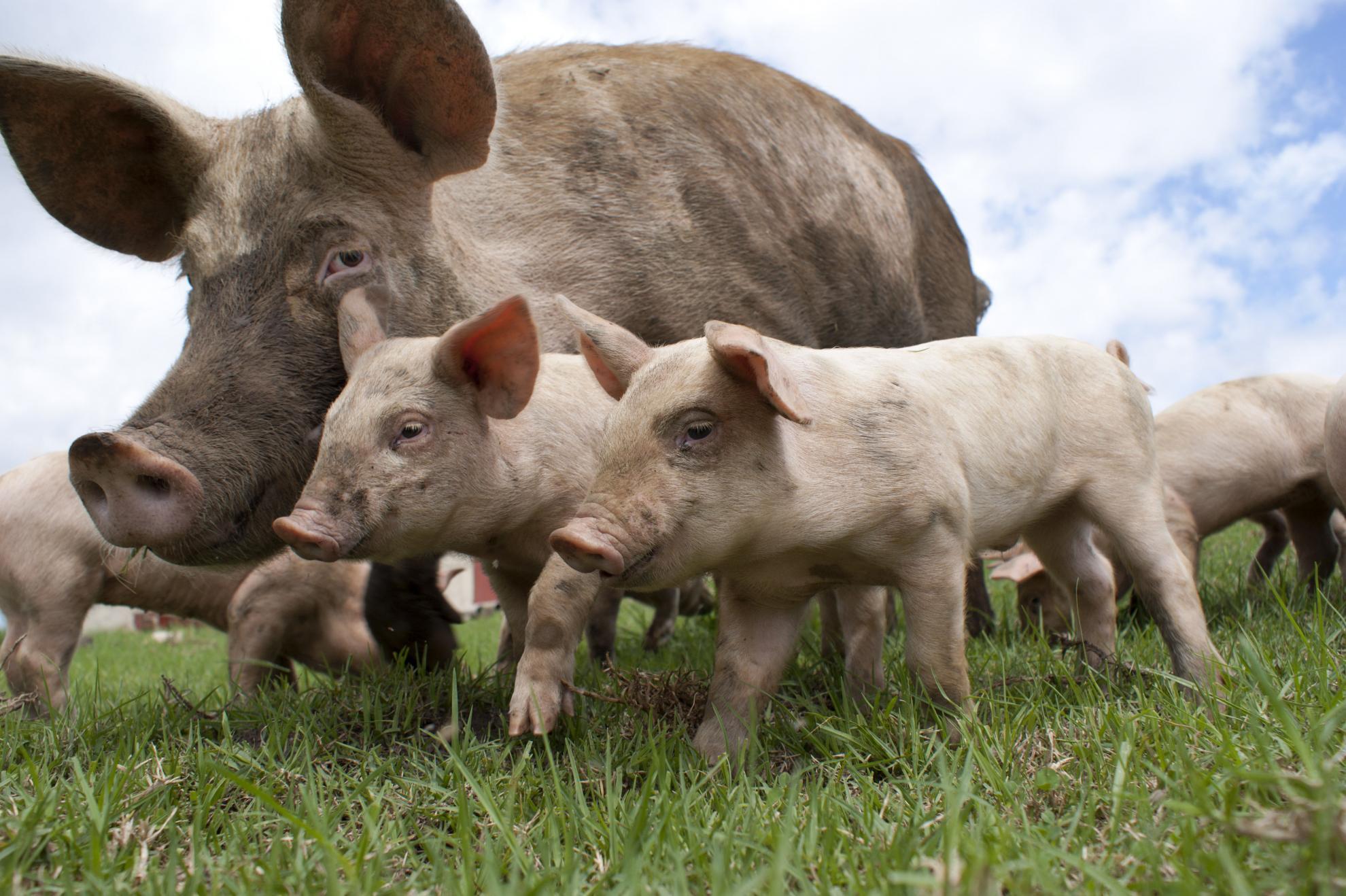An international research collaboration exploring new ways to control influenza viruses led by The Pirbright Institute has provided insights that could lead to the design of better vaccines for animals and humans. Pirbright scientists are highlighting this research today - World Zoonoses Day (6 July, 2017), to help illustrate the important work the Institute does to help control zoonotic viruses - those that can spread from animals to humans, such as flu.
Swine flu, such as the H1N1 strain that was one of the strains causing the pandemic in 2009, is an important pathogen in pig herds and can also be dangerous for humans. Current vaccines are designed to provide protection against viruses of similar ancestry, so the control of infections where the virus may originate in a different species (i.e. birds), remains a challenge.
Previous studies revealed that pigs infected with avian-like H1N1 influenza lineage are able to induce complete protection against both that strain and the 2009 pandemic H1N1 lineage, and that protection was conferred despite the absence of cross-reactive antibodies - suggesting the involvement of cross-reactive T-cells.
To investigate this further, the research team led by Dr Maria Montoya, a specialist in porcine immunology at Pirbright and involving scientists from research centres in Spain and Denmark, used two lineages of the H1N1 strain of flu responsible for the 2009 pandemic. In their research, published in the Journal of General Virology, the scientists created a pipeline process, which helped them identify specific T-cell epitopes (the parts of a virus that the immune system responds to).
Dr Montoya said: “Influenza epitopes are little studied in pigs and there were only a few previously defined. Identifying these T-cell epitopes is an important step towards helping us understand the role of T-cells better in influenza infection. It could also lead to the design of improved cross-protective vaccines in the future for zoonotic viruses such as flu, with life-saving potential for humans and animals.”
The research received funding from the European Community’s Seventh Framework Programme (FP7, 2007–2013), Research Infrastructures Action, under grant agreement no. FP7-228393 (NADIR project), and from the Spanish Government's MINECO AGL2013-22200-C02-01 and BBSRC BBS/E/I/00002014 grants.
